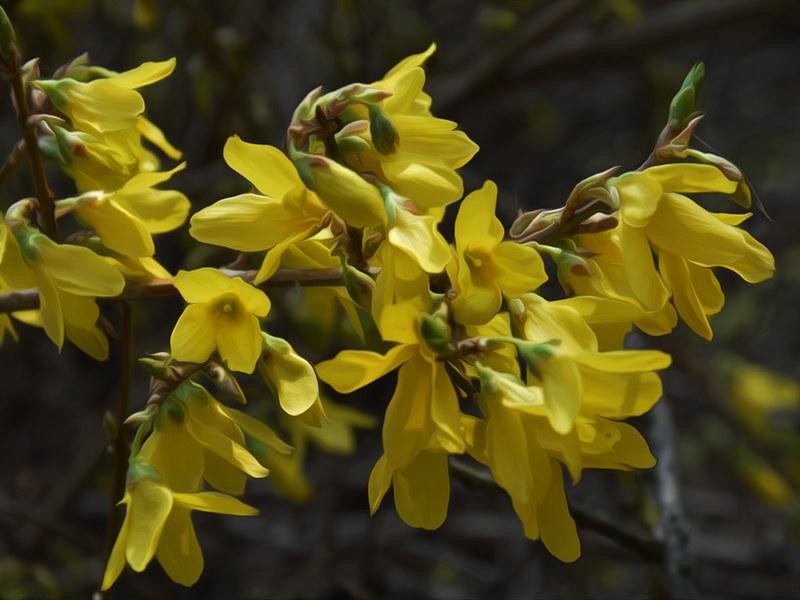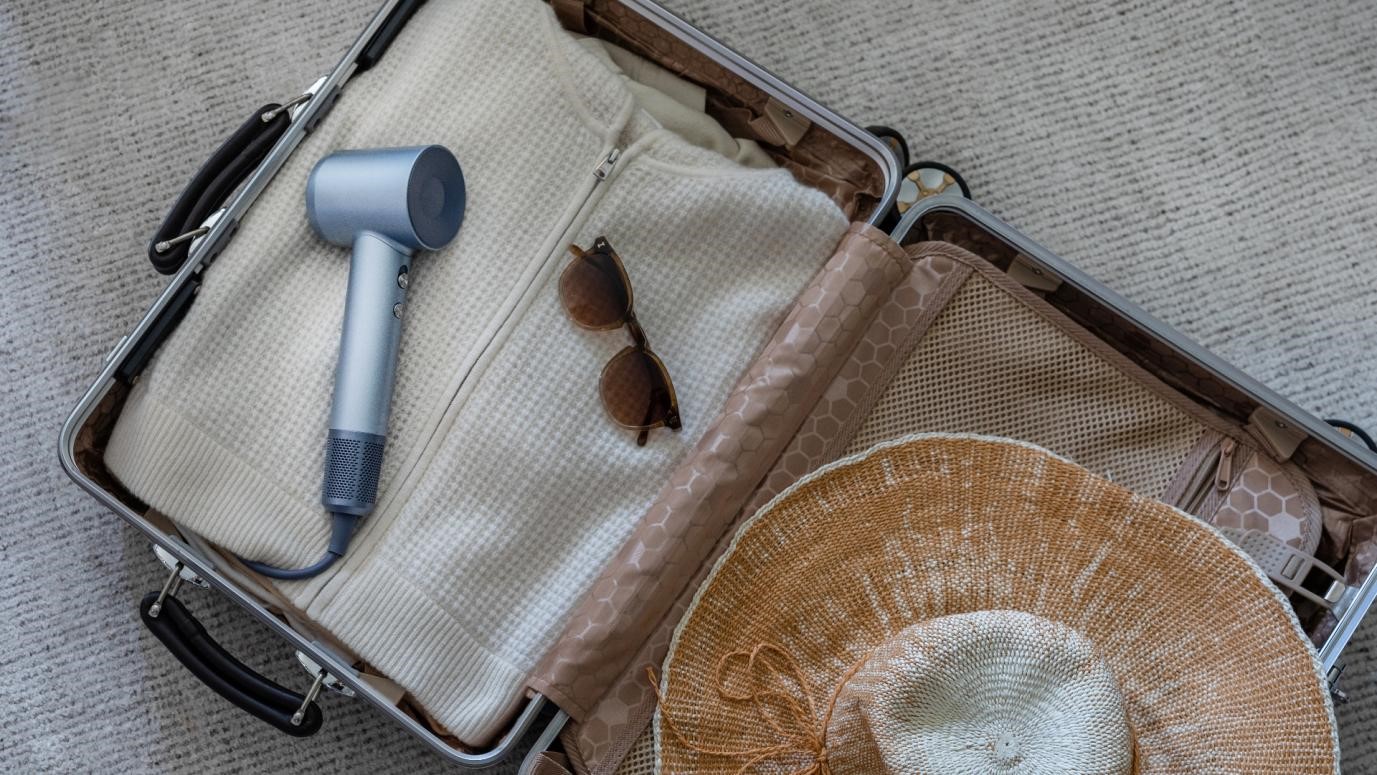Flowers are beautiful, aren’t they? It comes in different sizes, colors, shapes, and heights. It makes for a lovely gift and can make people smile. Why not add them to your garden? Flowers have so many uses and not just for decorations.
Flowers can help protect your vegetables from insects and be a natural way of adding color to one’s garden. Your garden will look better with the five different flowers mentioned below, as these flowers can complement your backyard.
1. Forsythia (Forsythia x intermedia)
The spring blooms of forsythia are one of the earliest signs that spring is coming. Their foliage comes after their blossoms. They are known for being tough; it stays upright and produces intense colored flowers, e.g., yellow. Forsythias can grow fast, deciduous shrubs with a shrub that’s grey-brown and opposite leaves. This plant can grow eight to 10 tall and 10 to 12 feet across, depending on the variety.
The plant grows a fruit that grows in a seed capsule. It appears and is harvested as a green pod; then, it’s dehydrated and dried. Once it has been scorched, it resembles a pecan shell because of its pale brown color. Forsythia’s fruit is used as a remedy for fever, vomiting, and sore throat.
Ensure that the plant receives at least six hours of sunlight every day. Indeed, it can tolerate less than six hours, but the plant will lessen its ability to flower if it doesn’t get its whole six hours in the sun.
2. Lobelia (Lobelia erinus)
Lobelias have five tiny petaled flowers in colors of rose, white, purple, blue, and some eyes are accented. This plant is a tender perennial grown annually.
Lobelias bloom during spring and at the start of the summer season. Lobelias love cool weather, which is a great flower considering its appearance that provides early season color. Once summer comes, it fades; trim it so that it can rebloom in the fall.
This herb is suitable as a remedy for breathing problems, including coughs, asthma, etc. Some use lobelias to make them relax or increase sweating.
3. Begonia (Begonia x semperflorens-cultorum)
Begonias are busy, mounded, compact, and fibrous-rooted plants featuring fleshy stems. It has a staggeringly wide array of colors and shapes that bloom continually without the need for deadheading. Begonias bloom during spring through summertime. However, some types bloom all year.
Begonias are easy to take care of, making them one of the first flowers that beginners buy. This flower is the perfect flower if you want a low-maintenance annual in your garden. Depending on what species you purchase, the plant can grow from eight inches to two feet in height.
4. Daylily (Hemerocallis)
Gardening is not an easy job; it can get frustrating if you choose the wrong plants for a beginner. If your plants aren’t growing like you would want them to, plant this flower! Daylilies are hardy perennials that come in a wide array of saturated colors and heights. It has shades of yellow, pink, orange, or deep purple with only five petals. Daylilies can grow up to six inches to over six feet tall.
Daylilies have a tolerance to droughts since they have an extensive root system. Despite this, give them plenty of water, especially during the growing season. It would help if you watered younger plants only in dry spells. Daylilies bloom during the middle of summer. As this plant multiples, remember to divide it and replant it somewhere.
Daylilies were used in the past because of their medicinal properties. Daylilies are helpful when it comes to common colds, constipation, cough, etc. Although, before intaking the plant, consult your physician.
5. Crocus (Crocus sativus)
Crocus has a wide array of colors, ranging from a pastel version of lilac to a darker mauve. When the plants reach their full blossom, the height can become 20 to 30 cm and hold four flowers. Crocus blooms during spring. These tiny but good-looking flowers will pop up in spring when you can still see snow on the ground. Plant crocus in the fall to have spring blooms that will return every year.
Interestingly, the crocus is not only good for the eyes but also for your stomach. It has a herb that’s manifested in the crocus sativus flower, called saffron. It’s threadlike in appearance and the color crimson. You can harvest this by hand. Because of the amount of labor invested in harvesting this spice, saffron is considered one of the world’s most costly spices.
Saffrons have a pungent odor and a spicy flavor, used as an alternative for yellow food coloring. The extracts of saffron are often used as a fragrance or a dye for cloth.
Takeaway
Add happiness to your home by adding flowers right outside your doorstep. Your garden will look so much better with the five mentioned flowers above. It has different colors, so depending on what variety you’ll choose, you are ensured that your garden will look more beautiful than it was before.








Add Comment